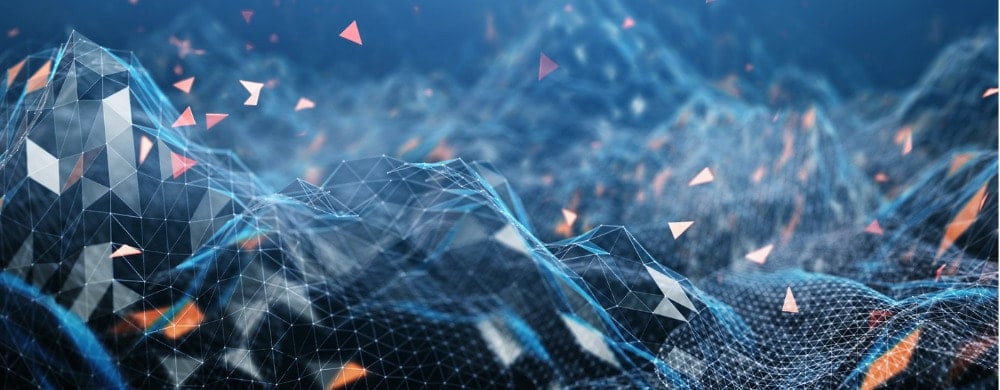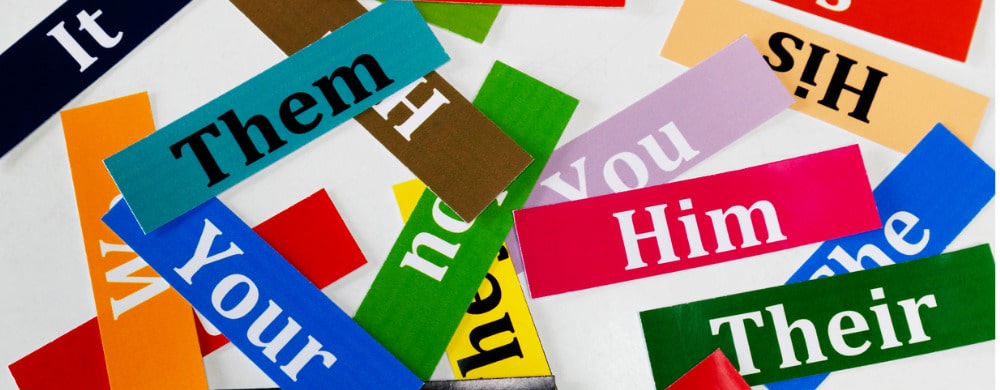Contact us and see what NetOwl can do for you!
How Identity Resolution Helps Detect Fraud in Public Assistance Programs

Public Assistance Programs Need to Do a Better Job of Detecting Fraud
Early on in the COVID-19 pandemic, the U.S. Government initiated the Paycheck Protection Program in order to keep businesses afloat and preserve jobs. It basically made available mostly forgivable loans to people and businesses. The PPP seemed to work pretty well, but since the Government at the time was interested mainly in getting the money to people and businesses as quickly as possible, there was no sufficient emphasis on vetting applications thoroughly.
Since then, suspicions have grown that there was a lot of fraud involved in the PPP. Estimates run up to more than $200 billion.
The U.S. Small Business Administration has recently made publicly available a database containing data on PPP applications. It is being mined for suspicious patterns, such as multiple applications coming from the same address or using the same applicant name. However, uncovering fraud cases in large data sets often requires detecting not just identical data (e.g., same applicant name), but non-obvious similarities such as data that differs in spelling, word order, missing components, etc. What is needed is a technology that can detect similarities in data that are frequently not easily detectable or found by humans alone.
How Identity Resolution Helps Detect Fraud
There is a machine learning-based, AI technology, Identity Resolution, that helps find similarities in database records containing multiple fields such as name, address, phone number, etc.
Two records might differ in subtle ways due to:
- Typos: 747-4321 vs. 747-4320; John McGlaughlin vs. John MacGlaughlin
- A personal name with elements in different orders: Hisao Ikeda vs. Ikeda Hisao
- A given name that is replaced by a nickname or an abbreviation: John Bates vs. Jack Bates
- An organizational name that may be spelled out or represented by an acronym: International Software Company vs. ISC
- A corporate designator that may or may not be present: Smith & Jackson LLC vs. Smith & Jackson
- A physical address with alternative spellings: Eight Apple Court, Fairview Park, Illinois 60629 vs. 8 Apple Ct., Fairview Park, IL 60629
- etc.
Those differences may or may not be accidental, but recognizing similarities is critical in order to detect suspicious cases that may merit further human review, for instance:
- Multiple loan applications that share highly similar physical addresses.
- Multiple loan applications with very similar personal names and some other commonality.
Furthermore, an advanced Identity Resolution system goes beyond detecting similarities between individual fields. It is able to judge the similarities of complex records consisting of multiple fields such as:
- Name
- Address
- Phone number
- Social security number
- Employer
- etc.
An advanced Identity Resolution system will provide similarity scores at both the individual field level and the combined record level.
How Identity Resolution Works
State-of-the-Art Identity Resolution typically uses a probabilistic, machine-learning AI approach to perform fuzzy matching across records. Identity Resolution will also allow different matching thresholds: in some cases, the user will want to set a high threshold for accepting a match in order to reduce false positives and thus maximize precision; in others, they will want to allow more likely matches in order to reduce false negatives and thus maximize recall. In the latter scenario, a human analyst often reviews the matches for their accuracy in what is called a human in the loop approach.
Impact of Identity Resolution
Identity Resolution is an essential tool in the toolbox available for fraud prevention and investigation. It allows high-speed and high-accuracy discovery of database records that are suspiciously similar and facilitates discovery of non-obvious patterns of criminal activity that may well be beyond human capabilities alone.



